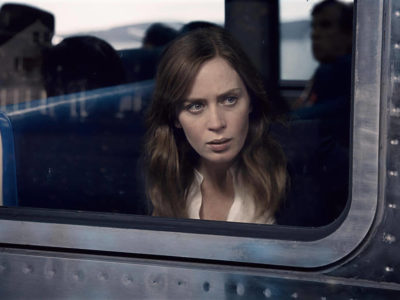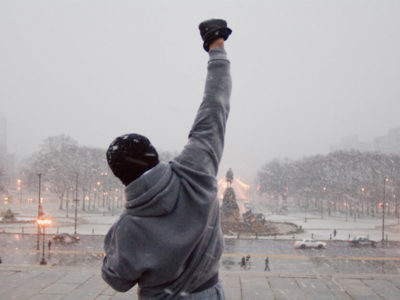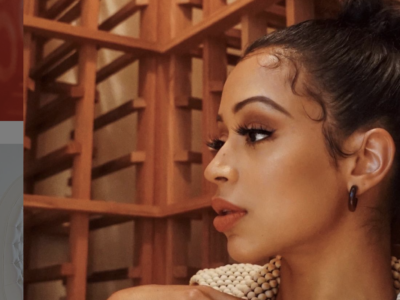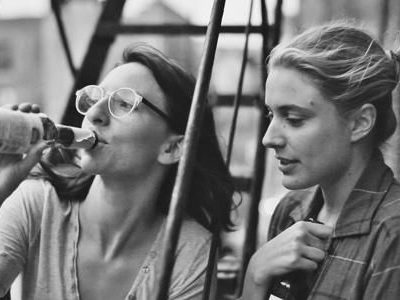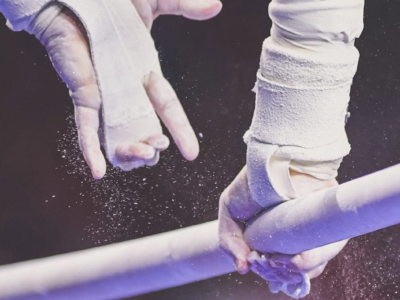Books or movies? That is the question. Nothing quite compares to witnessing the visual manifestation of one of your favorite books. Sure, you see it in your head, but could you have imaged Taylor Lautner so vividly before you knew he was going to be the world’s Jake? But, like Twilight, film adaptations don’t always turn out great. It can be really easy to butcher the little details—the ones that make the book the book. These adaptations not only elevate these books to a new (sometimes better) level, but they make all your imaginations come to life. Literally.
Wondering when books to movies actually works? Check out these 10 film adaptations.
1. If I Stay
If I Stay by Gayle Forman made its film premiere in 2014. The YA novel about the young girl who must make a huge decision after a life-altering tragedy became a huge smash, both in bookstores and in theaters. For such a plot-twisting tale, the biggest surprise was the successful adaptation. The visual and audio tools used to tell the story emphasizes the importance of music to the main character, more so than words did. This was especially true in the scene where Adam recreates the ceiling of Mia’s audition building through printed pages. This was poignant to read—even more beautiful to see.
2. Tuck Everlasting
The novel by Natalie Babbitt has not only been adapted into a film, but also a Broadway musical. And although the musical flopped, the film was fantastic. The characters, the cinematography, the pace—it all leads up so well to the biggest decision of our lead’s life. Spoiler alert! “My favorite part of the film was the ending scene where they don’t tell you Winnie didn’t drink from the spring. They just show you her tombstone when Jessie comes back many years later,” said New York University junior Aerin Reed. “It makes me cry every single time.”
3. Much Ado About Nothing (2012)
In an amazing black and white adaptation of the classic Shakespearean comedy, Much Ado About Nothing seamlessly transferred to the modern silver screen in 2012. The film, although set in a modern house, maintains Shakespeare’s language and hilarity perfectly, not to mention the finesse of black and white film. However, what really makes the film is Alexis Denisof’s performance as Benedict. Sometimes understanding the character’s cynical humor can be difficult on page, but Denisof brought it out and then some. “Benedict was by far my favorite part of the film! Denisof really brought the character to life in a whole new way,” said University of Michigan junior Sophie Waters.
4. To Kill a Mockingbird
For an extremely poignant novel that touches on more racial and social themes than any of its time, the film adaptation captured Harper Lee’s important message incredibly well. “To Kill a Mockingbird is a book I remember watching the movie for and being thoroughly impressed. Five stars,” said Diablo Valley College senior Kelly Medinas. Although shot in black and white, the racial implications of this story come through perfectly thanks to the tremendous cast, including Mary Badham as Scout and Greg Peck as Atticus. The court scene will leave you stunned.
5. Do Androids Dream of Electric Sheep?
Although much more people recognize Bladerunner rather than the book, that simply reflects the director and screenwriter’s incredible translation. The film definitely utilizes its creative rights, essentially focusing on the action of the dystopian world instead of the metaphorical economy of live animals like the book. However, that surprisingly didn’t disappoint—if anything, it accomplished what the book didn’t. Writing out tension with words is difficult; Bladerunner highlights the moments that the book may not have elaborated enough. Plus, Harrison Ford in a sci-fi film? Movie magic.
6. Pride and Prejudice (BBC)
The six-episode miniseries premiered on BBC in 1995. The best part? Colin Firth as Mr. Darcy. I mean, who knew? With the six-episode arc, the director was not only able to illustrate every single angle of Austen’s genius work, but also focus on the reality of 18th century courtship culture. “The series touched on a lot of the smaller details of the novel. The episodes are broken up well and spend a good amount of time on all the main events…hat are far more realistic and to the book than any other Pride and Prejudice version I’ve seen,” said incoming Vanderbilt University freshman Han Zanibi.
7. Jane Eyre
Mia Wasikowska and Michael Fassbender and Jane and Rochester? No going wrong here. This coming-of-age story will undoubtedly make you poor tears with its focus on the breathtaking landscape and heart-wrenching chemistry. Jane Eyre is filled with incredible imagery and travel, an important aspect of the developing story. It nicely highlights the changing life of Jane, while also showcasing her relationship with the natural world and its effect on her. This film could not have depicted that any better. The only thing that beats it has to be Fassbender’s dreamy eyes, even as the old Rochester.
8. Matilda
https://www.youtube.com/watch?v=XuyElRs_48Q
If there was any whimsical book that I wanted to see transform visually, it was Matilda. Matilda remains one of my favorite book, both as a child and as an adult. Despite the pictures that ran through the pages, I wanted more. “In my mind, Matilda is one of the best film adaptations out there. The portrayals of Miss Honey and Miss Trunchbull and, of course, Matilda are brilliant. And who doesn’t love Danny Devito?” said UMich senior Rebecca Welch.
9. Hunger Games: Catching Fire
As someone who read the entire series in the span of two weeks, my anticipation and standards for these film adaptations were very high. And although the entire series did not leave up to them, the second definitely did. From every small tick to the intense buildup to the crazy cliffhanger, the film captured every part of the book that was loved. And more. And that Peeta and Katniss kiss? Even better than any imagination.
10. The Girl on The Train
Mystery novels are often the best to be visually adapted. The music, the tension, the distraught faces—only films can do that. In this adaptation, Emily Blunt brings the alcoholic lead in this dark and sad story to life. Her performance definitely makes the film, although the presentation of the climactic (and bloody) end almost takes the cake. You should still read the book first, but the film definitely tells you everything you need to know. And shows it even better.

